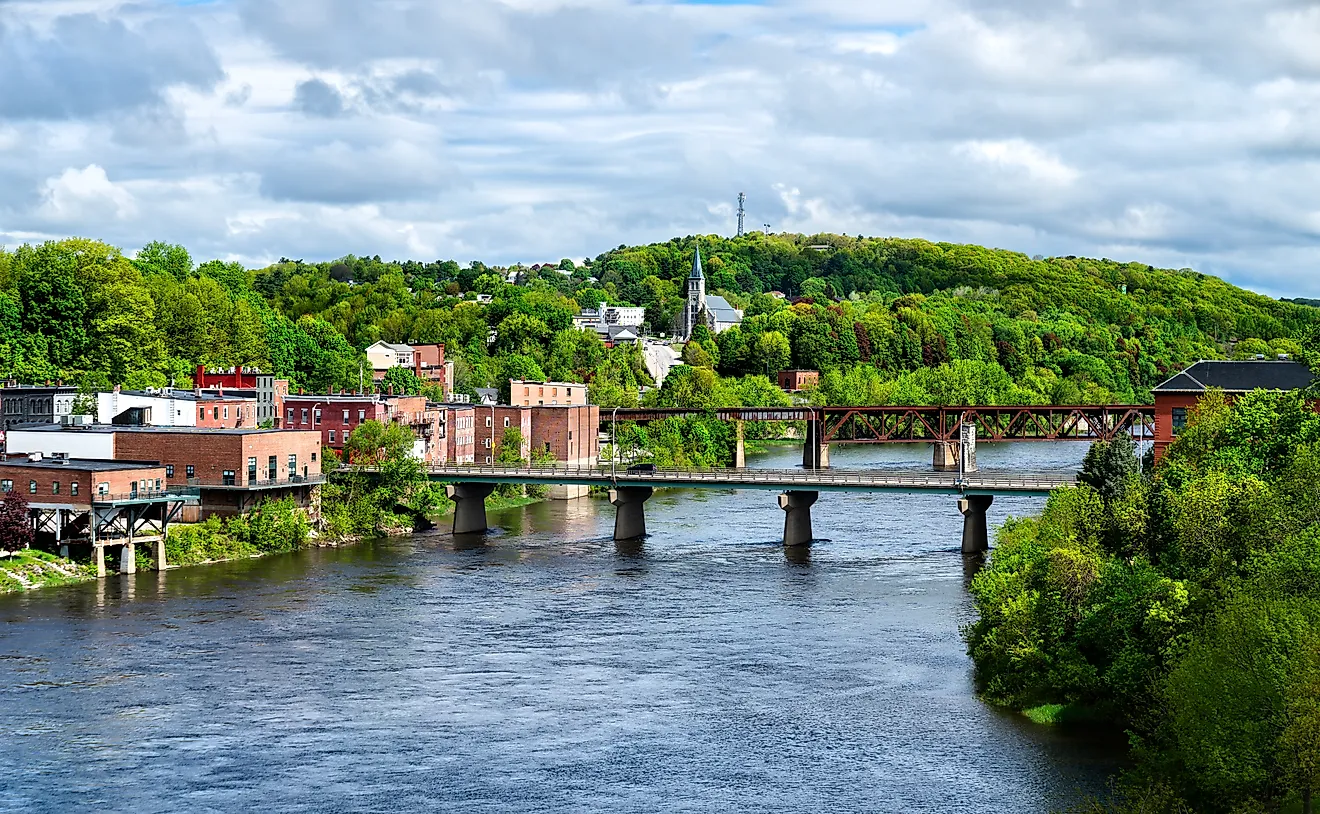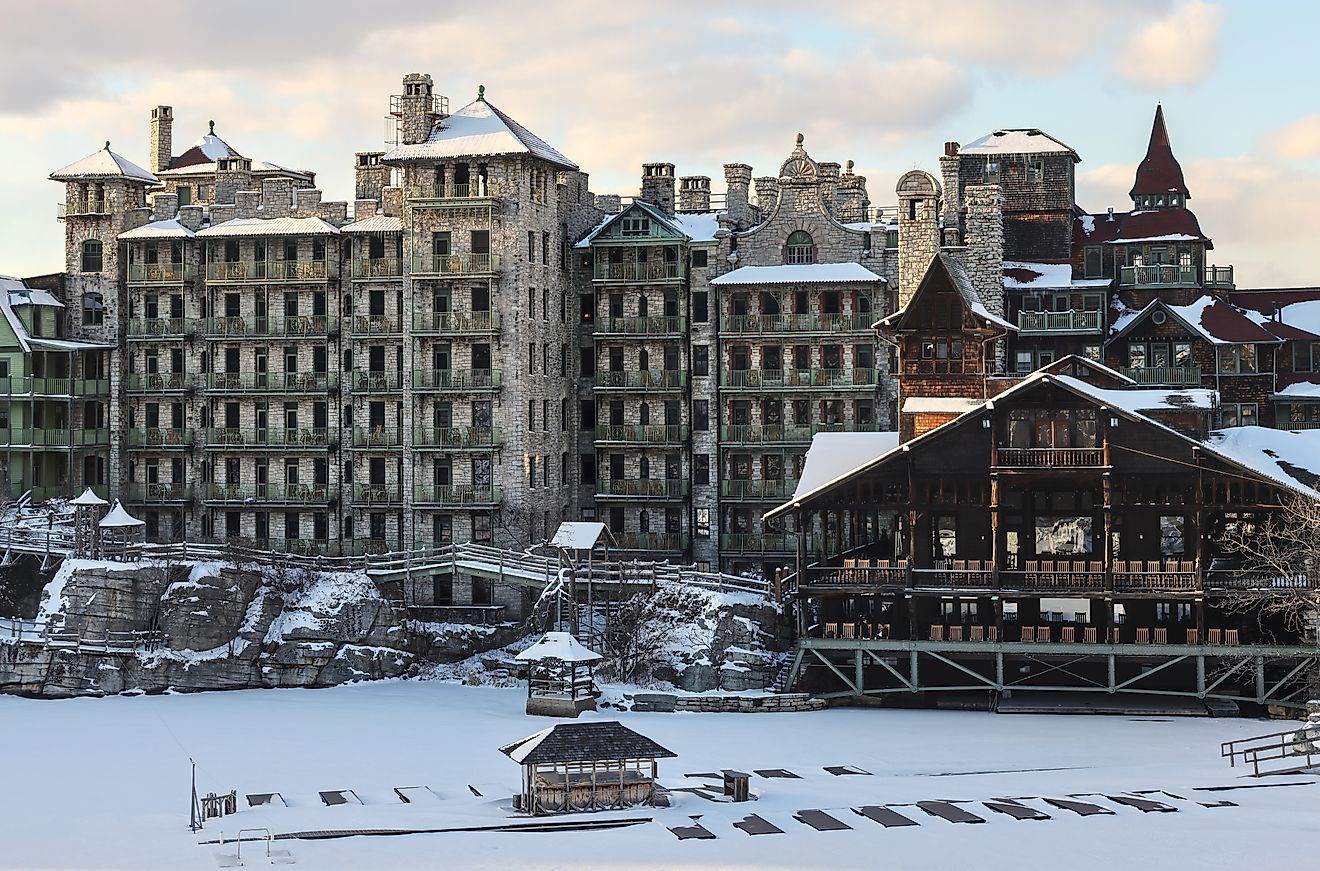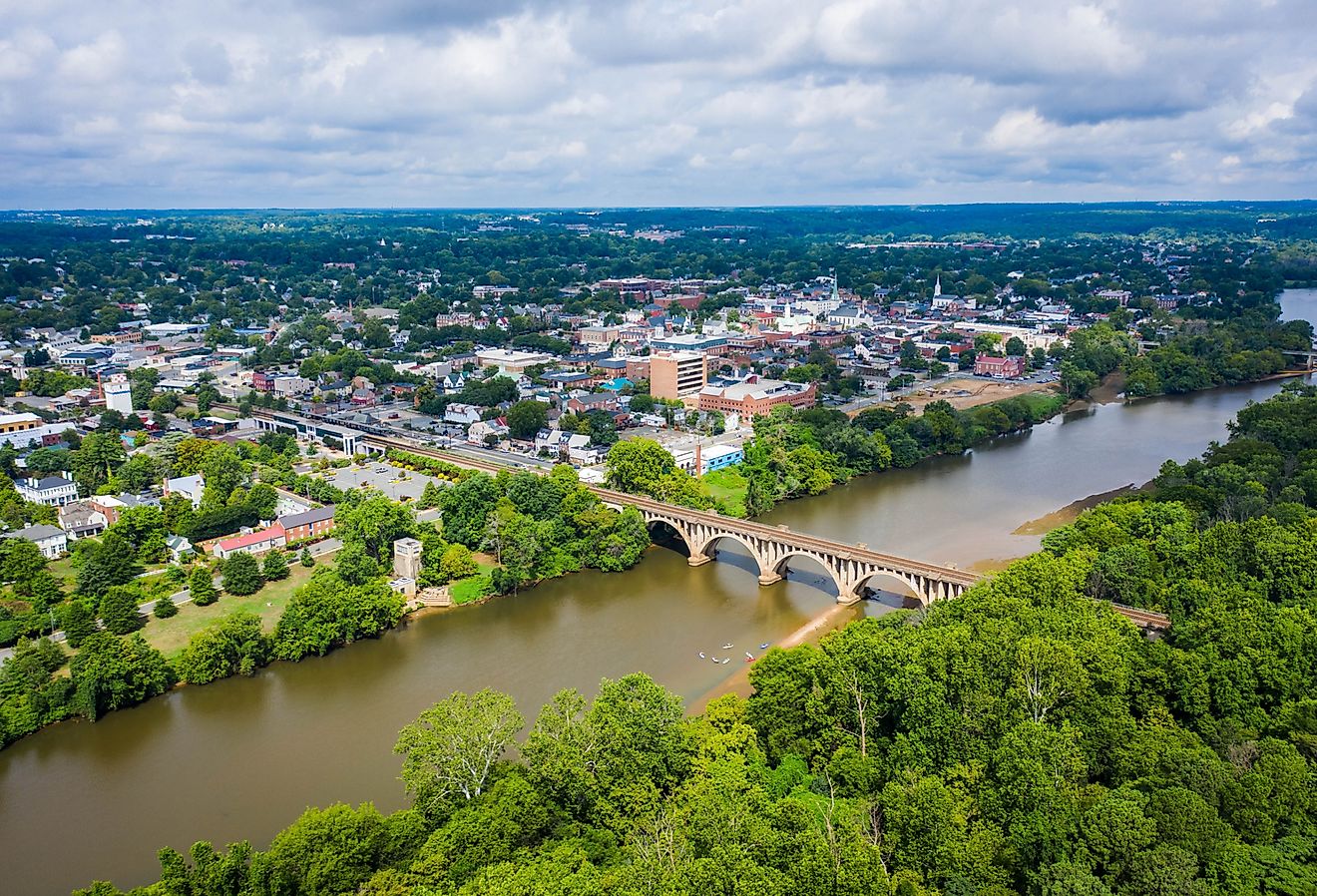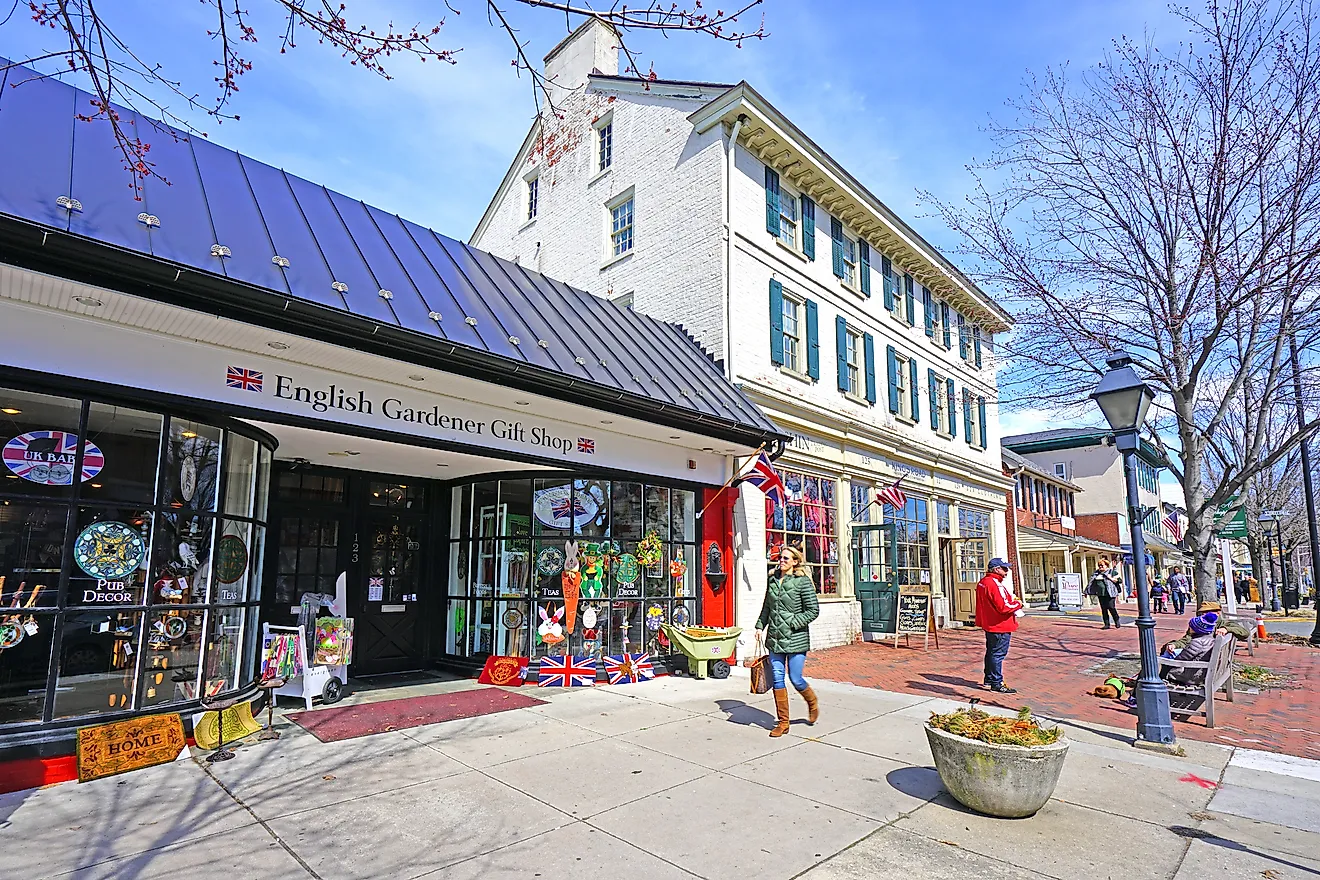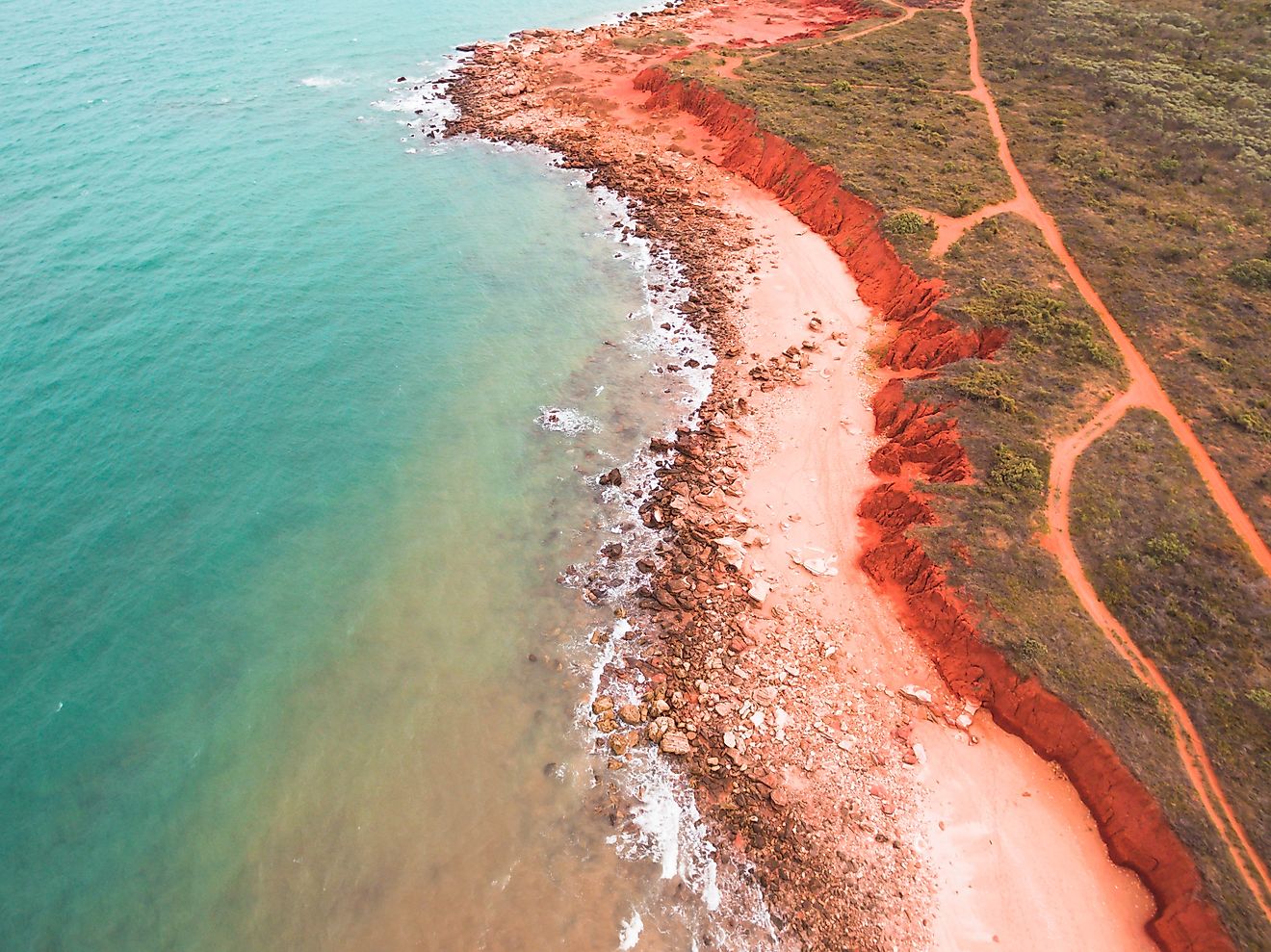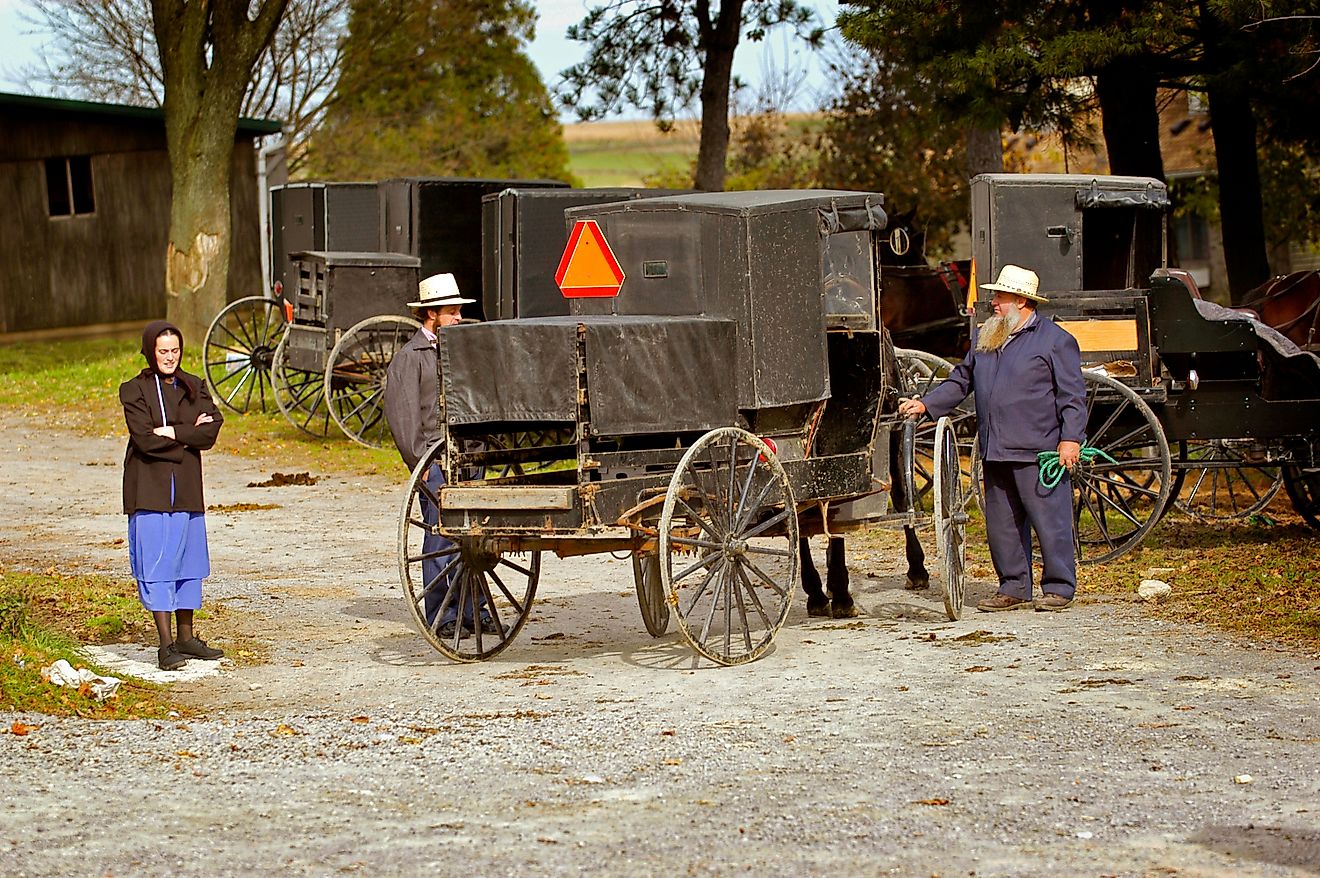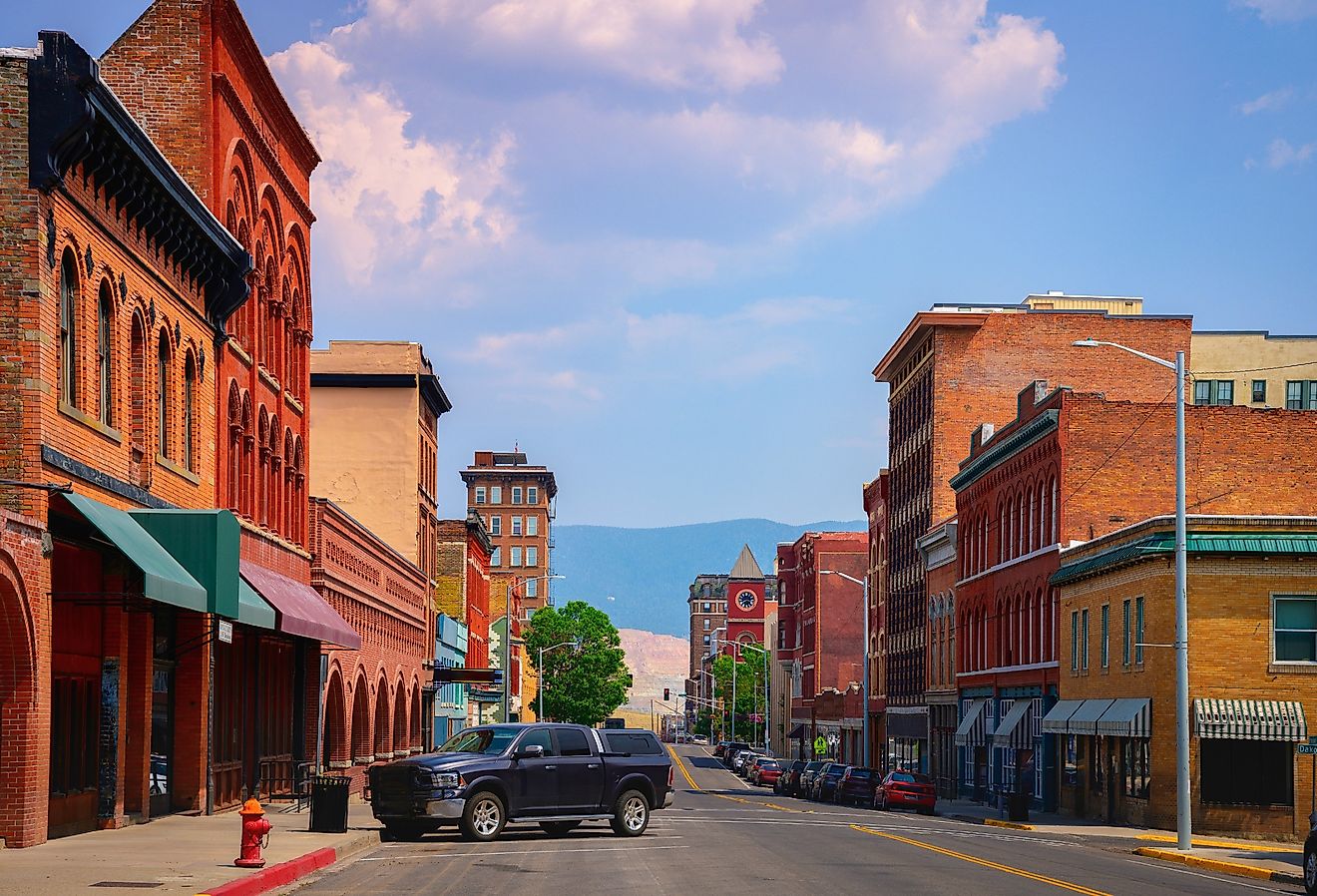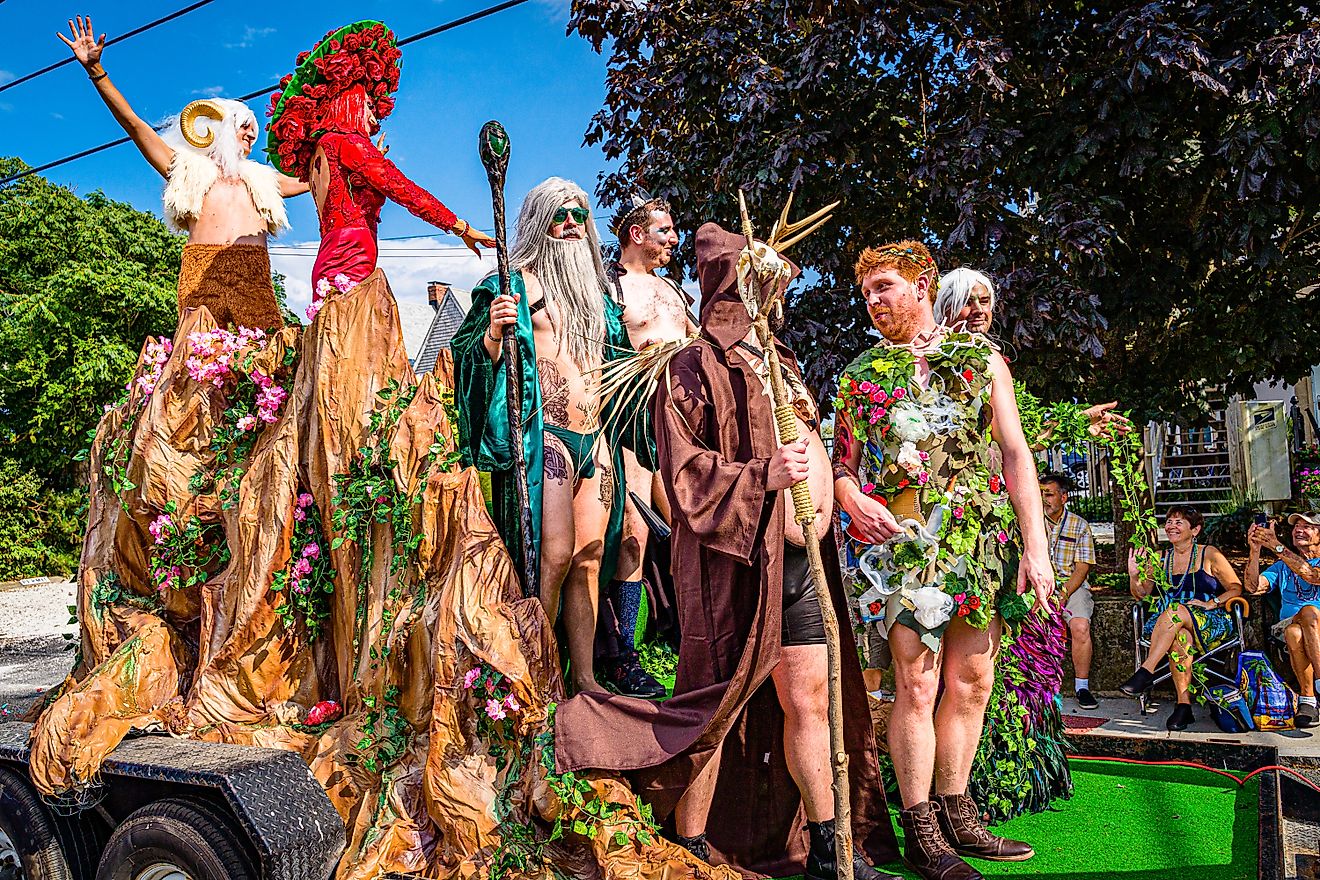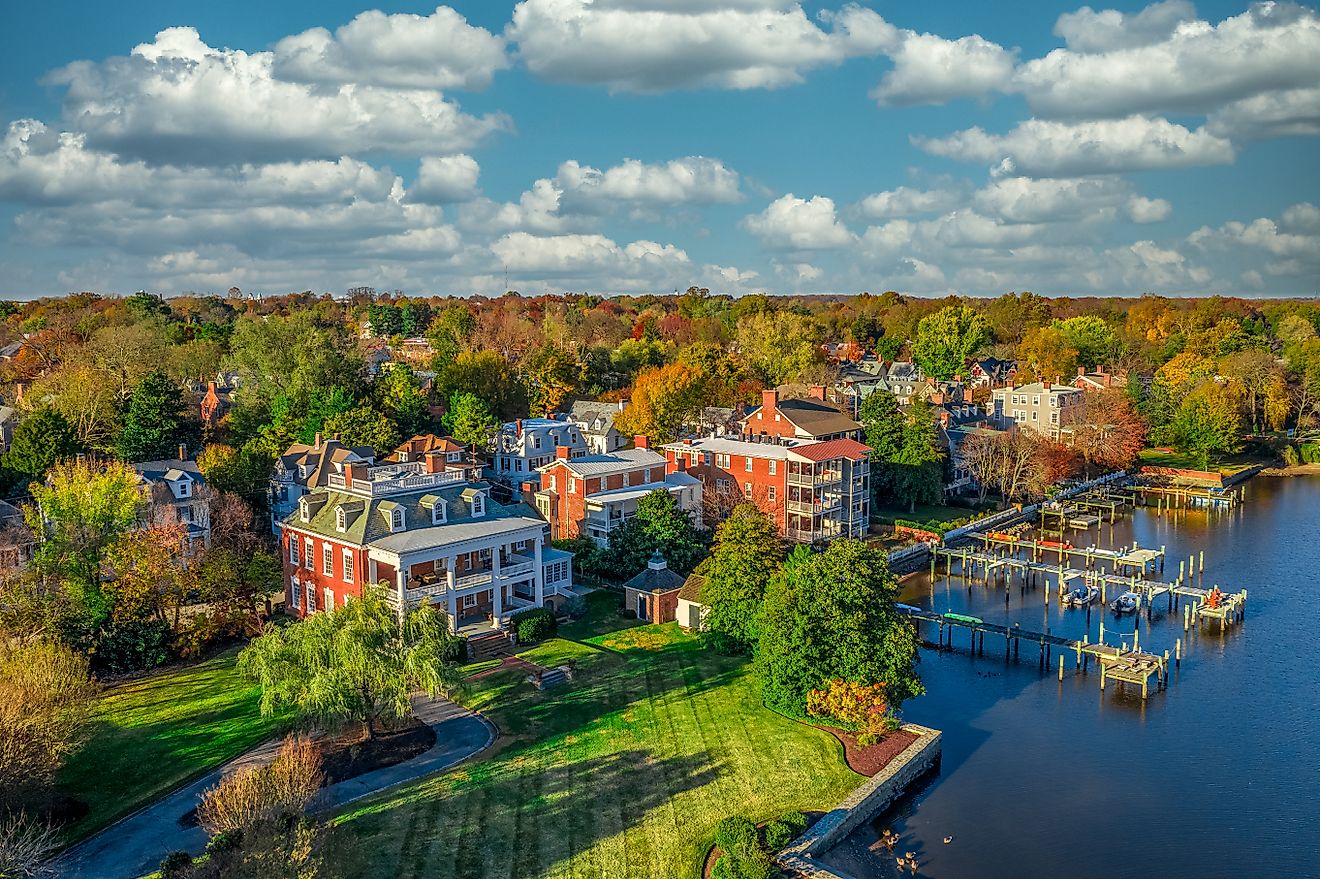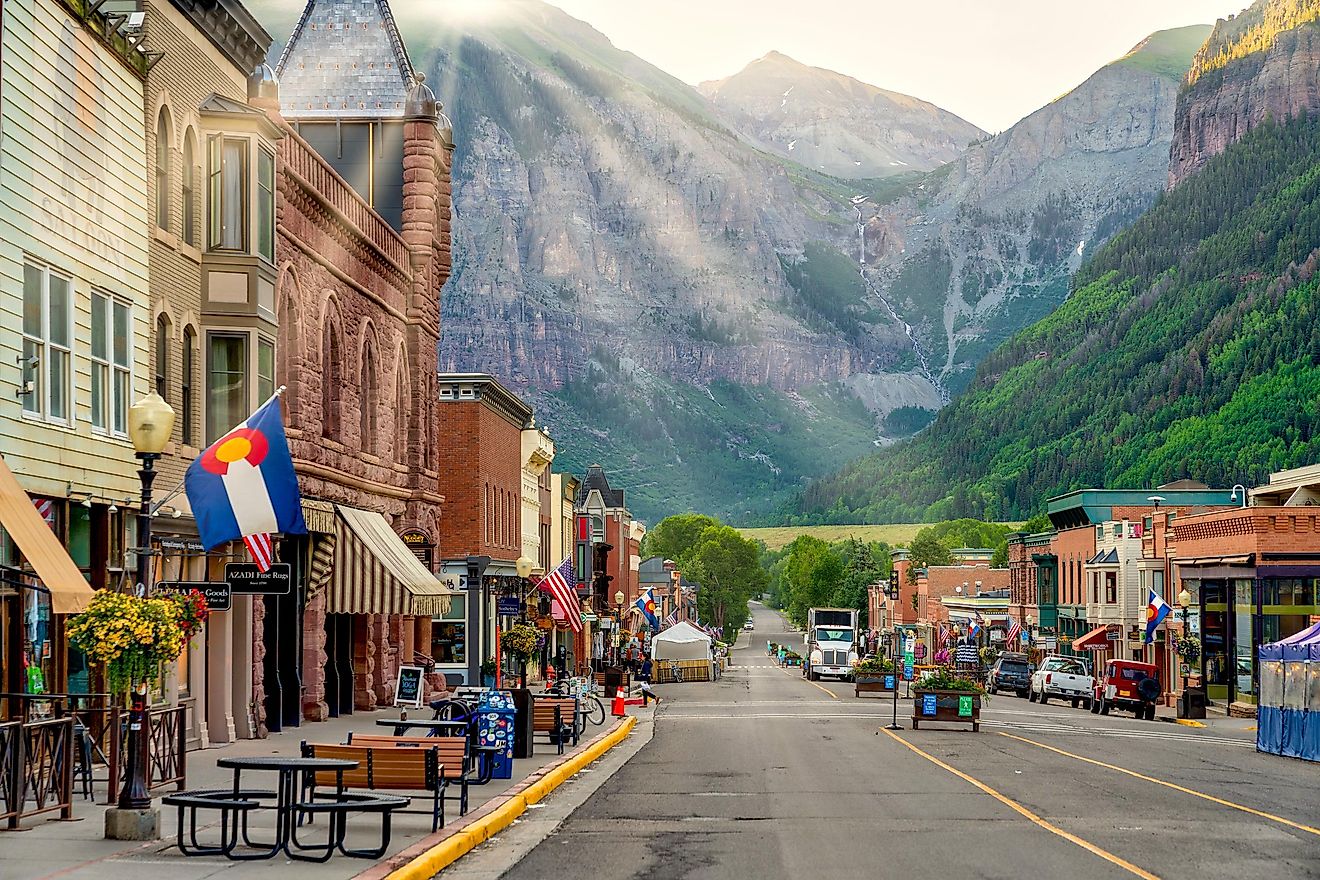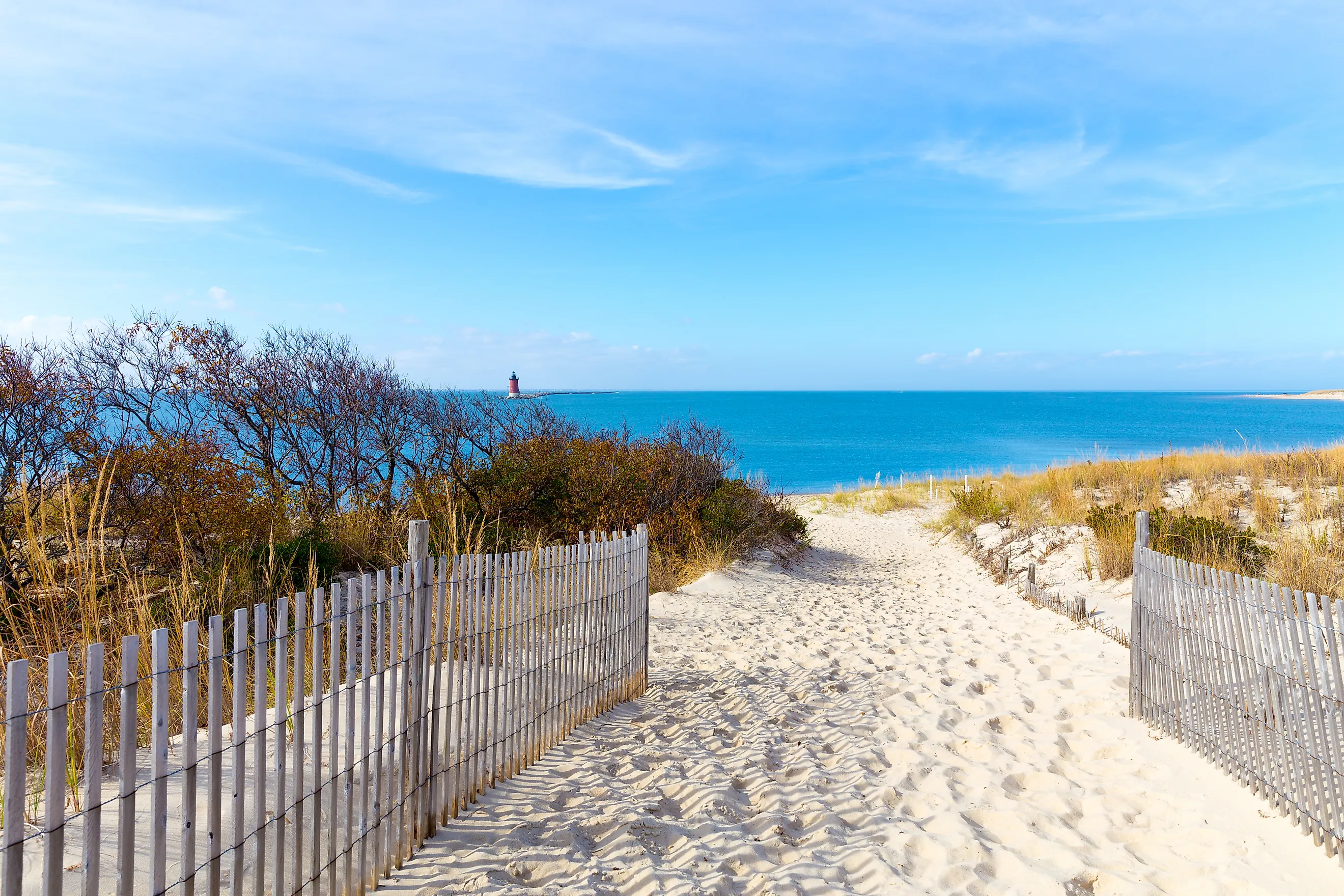
5 Best Natural Wonders To Visit In Delaware This Year
Delaware may be the second smallest state in the country, but its natural sites are nothing to be scoffed at. From expansive tidal marshes along the Delaware Bay to rare bald cypress swamps further inland, this compact state does a surprisingly great job at preserving a diversity of ecosystems that are both ecologically important and accessible to visitors.
Its wildlife refuges, state parks, and river valleys all provide opportunities for fun activities like birdwatching, hiking, paddling, camping, learning about regional history, and more. Regardless of where you decide to go this year, the following destinations represent the best natural wonders you can explore now in "The First State."
Bombay Hook
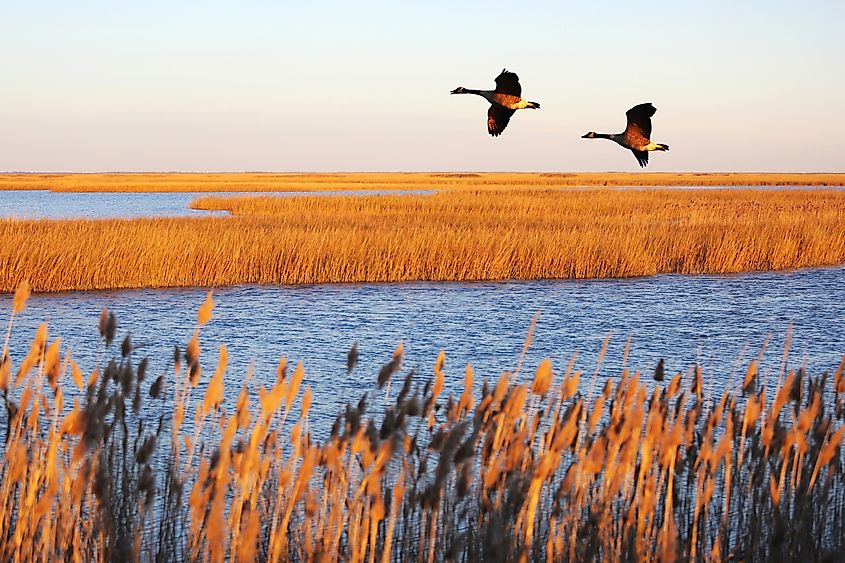
Bombay Hook National Wildlife Refuge, located near Smyrna, is one of Delaware's largest and most important natural areas. It covers nearly 16,000 acres along the Delaware Bay and is a critical stopover point for migratory birds traveling the Atlantic Flyway.
With its mix of tidal salt marshes, freshwater pools, and upland fields that support an impressive range of species, it is a true wonder for wildlife enthusiasts. Still, birdwatchers in particular can expect to see large flocks of snow geese, herons, egrets, and shorebirds during migration seasons, while bald eagles are also regularly spotted throughout the year. If birding truly does interest you, note that the Raymond Pool and Shearness Pool are exceptionally well known for attracting thousands of waterfowl.
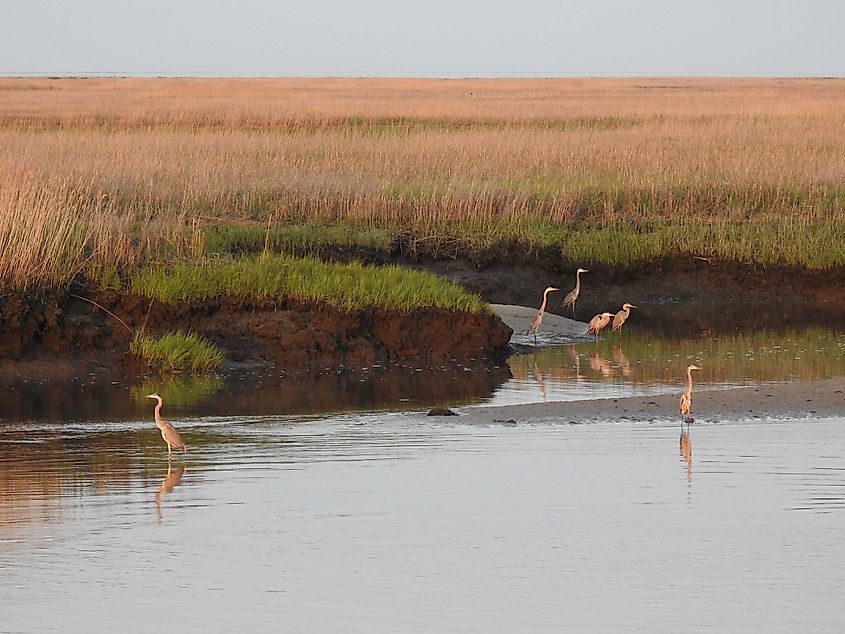
Beyond birds, the refuge is home to mammals such as red foxes, muskrats, and white-tailed deer. Furthermore, a 12-mile wildlife drive allows you to explore the area by car, with observation towers and trails offering closer views of the marshland.
Learn more about the refuge through locally hosted seasonal programs and the visitor center, which provides interesting background info on the refuge’s ecology and overall history. With all that in mind, Bombay Hook is a haven for wildlife and a rare opportunity to see an expansive marsh ecosystem that remains largely untouched in the otherwise highly developed Mid-Atlantic region.
Cape Henlopen
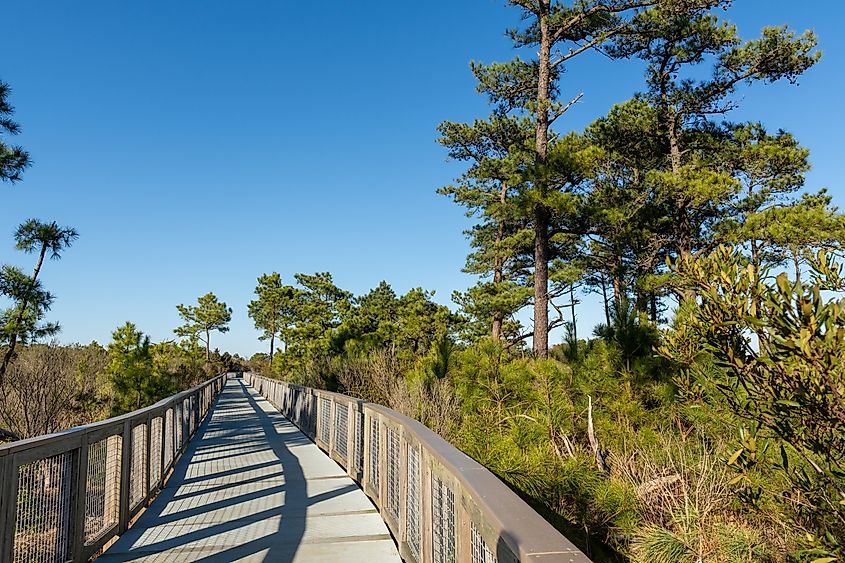
Protected under the Cape Henlopen State Park, this spit of land near Lewes showcases a gorgeous slice of Delaware’s Atlantic coast. The park spans more than 5,000 acres and is defined mainly by its dunes, maritime woodlands, pristine tidal marshes, and open beaches for all to enjoy.
The park's position at the mouth of the Delaware Bay makes it an important site for both wildlife and human history. It is also a well-known birding destination, particularly during spring and fall migrations when raptors, warblers, and shorebirds pass through in significant numbers. Even in the cold, seals can occasionally be spotted offshore during winter, giving this destination year-round appeal for animal lovers.
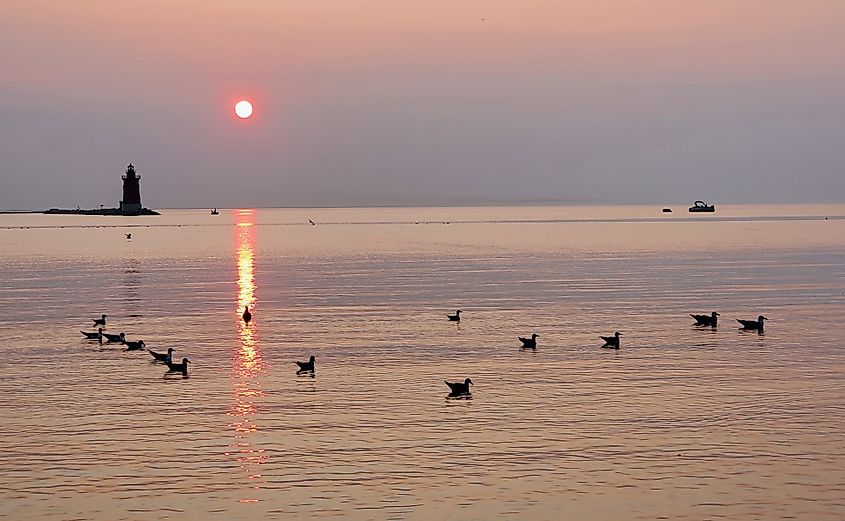
Feel free to explore the trails within, including the Gordon’s Pond Trail, which allows close access to wetlands and coastal habitats, and the Pinelands Trail, which winds through forested dunes. Fishing, swimming, kayaking, and camping are popular activities along the shoreline. Moreover, this park also contains remnants of Fort Miles, a World War II coastal defense site where observation towers offer expansive views of the bay and ocean beyond.
Trap Pond
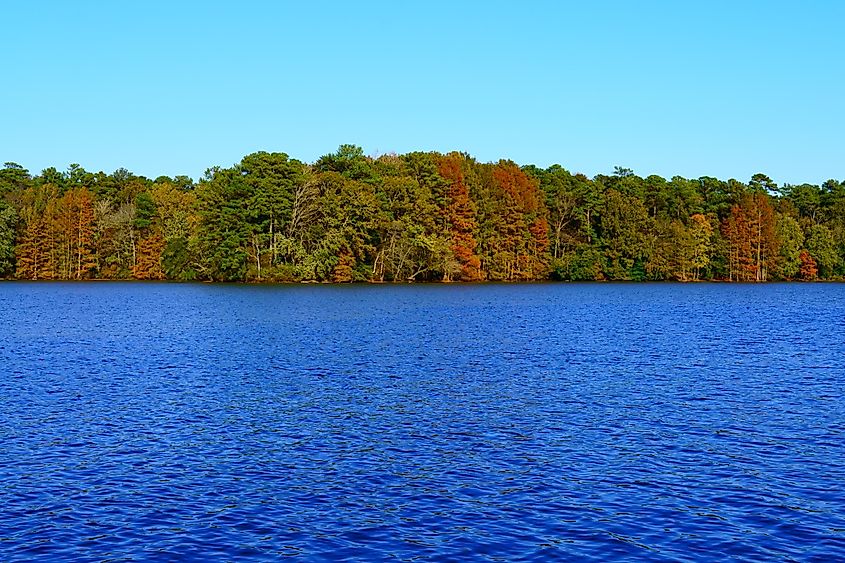
Trap Pond State Park is among the most sought-after outdoor recreational areas in the southern reaches of Delaware. The park’s defining feature is, of course, Trap Pond, once a freshwater wetland that was then dammed in the late 1700s for a sawmill. It also boasts one of the northernmost natural stands of bald cypress trees in the United States. Today, the cypress swamp creates a distinctive environment where you can witness a landscape more commonly associated with the Deep South than the northern Atlantic.
The area offers various ways to explore its unique ecosystem. For one, canoeing and kayaking are popular for navigating the still waters and getting close views of the cypress trees, with their distinctive “knees” rising from the swamp. A boat tour, available seasonally, provides more guided insight into the pond's ecology.
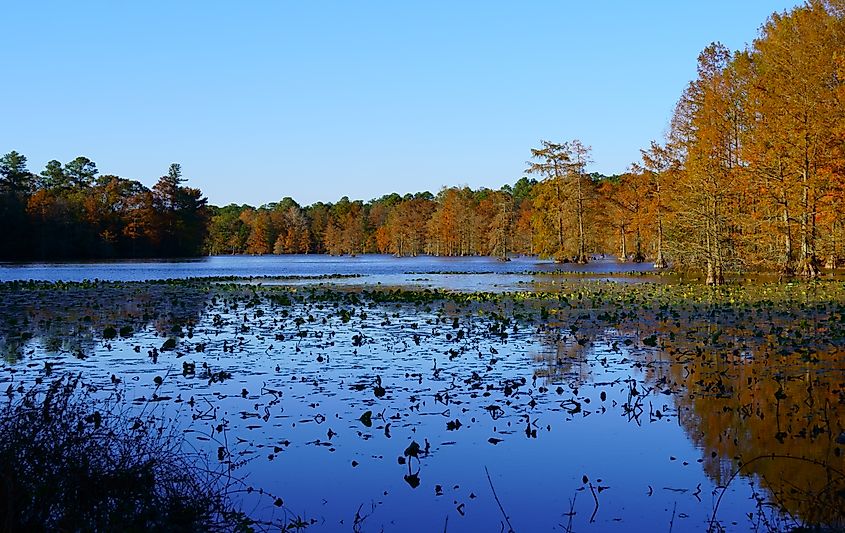
On the other hand, several hiking and biking trails circle the pond and pass through the region's beautiful hardwood forests, especially scenic in the fall as the foliage changes color. Fishing is also common here, with the largemouth bass and crappie species in the pond. In addition to its many natural features, Trap Pond has a good number of camping facilities, making it one of the best places in Delaware for a full-fledged outdoor experience.
Brandywine Creek
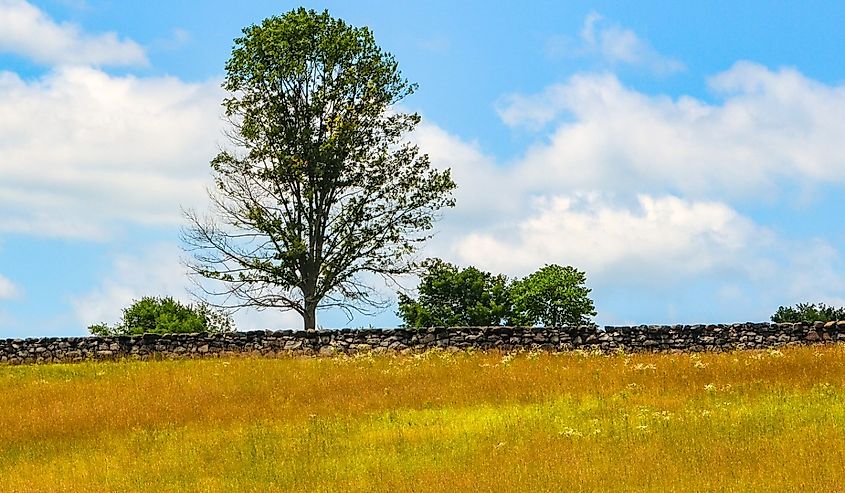
Brandywine Creek State Park, conveniently located just north of Wilmington, encompasses nearly 1,000 acres of lush, rolling hills, meadows, and woodlands along none other than the meandering Brandywine Creek. Once part of a du Pont family estate, the park was established to conserve the region’s natural wildernesses and provide easy access to outdoor recreation for nearby city dwellers. Its open meadows are a particularly significant draw, as they support a wide variety of eye-catching wildflowers and serve as habitat for numerous bird species and pollinators.
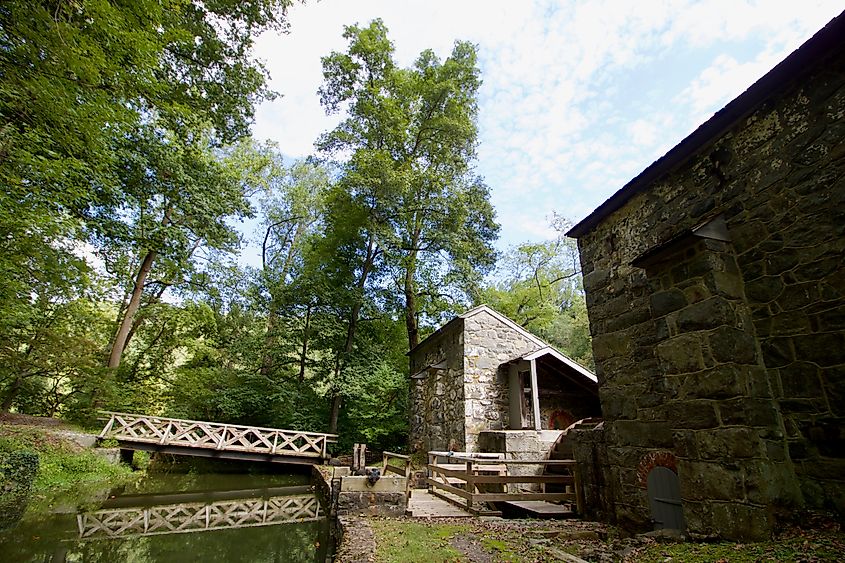
It is a fantastic destination to stretch your legs in, containing more than 14 miles of trails ranging from riverside paths to wooded routes through tulip poplars and oaks. The Hidden Pond Trail and Rocky Run Trail are among the most visited, taking you to various forested areas and secluded valleys. Fishermen also often stop by for smallmouth bass and trout in the Brandywine, while picnicking areas and regularly held nature programs, like ranger-led hikes and kayaking tours, draw families and school groups alike.
Brandywine Creek is deeply linked to broader conservation efforts in the region. It forms part of the Brandywine Valley Scenic Byway and provides important watershed protection for this otherwise heavily populated area.
Alapocas Run
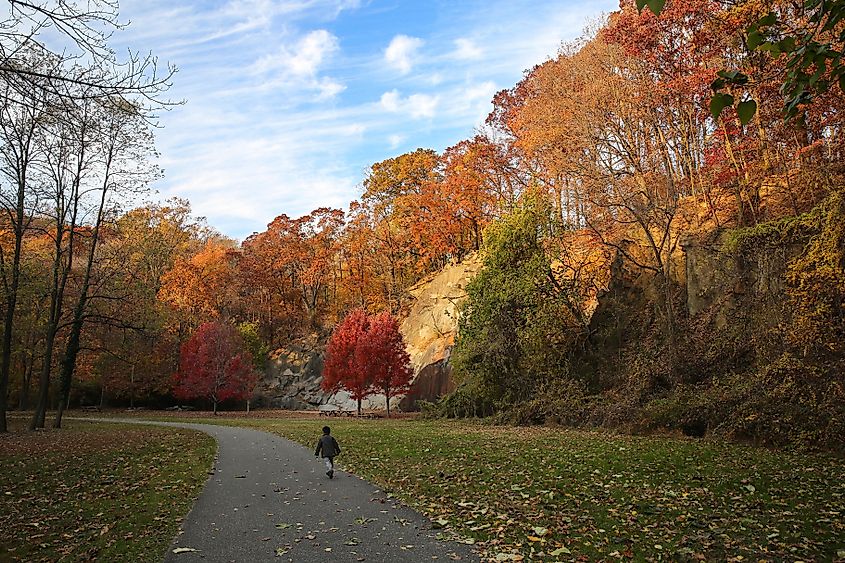
Even closer to downtown Wilmington, Alapocas Run State Park is a smaller but worthwhile natural area that spectacularly showcases Delaware’s geology. Centered around Alapocas Run, a tributary of the Brandywine River, it contains mature woodlands that provide habitat for various flora and fauna. Its most striking feature, however, is the Blue Ball Barn (an agricultural museum) and its surrounding granite cliffs, remnants of old quarries that once supplied stone for Wilmington’s historic buildings. These exposed rock faces now serve as a significant site for recreational rock climbing on the East Coast.
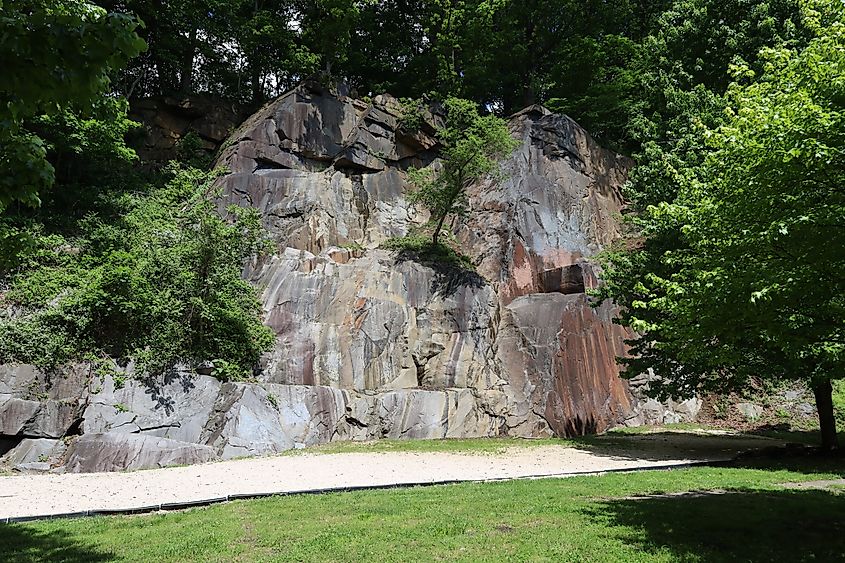
Hikers can appreciate trails such as the Northern Delaware Greenway, which passes through the park, linking it to larger regional trail networks and offering viewpoints over local streams and within more densely wooded areas. This is just one more spot that is all the more scenic during autumn. Better yet, a paved pathway accommodates both hikers and cyclists.
Besides its many great natural and recreational features, the park contains a children’s playground and open fields, creating an idyllic community green space and a conservation site in this more urban setting.
As fall begins to kick in, there is still so much to see and do in the great outdoors of Delaware this year. From lounging on a sandy beach to catch a sunrise, scaling rocky walls, or simply going for a stroll in a city park as the leaves begin to drop, there are many options for multiple outings here. Please don't overlook this small state; see what other natural gems it may have in store.
